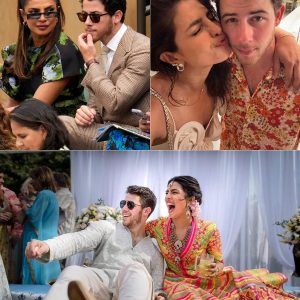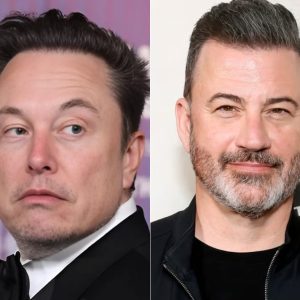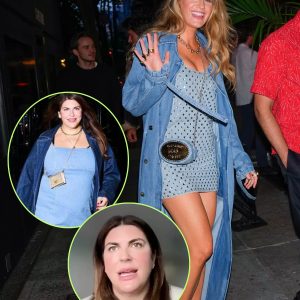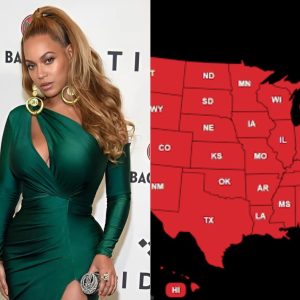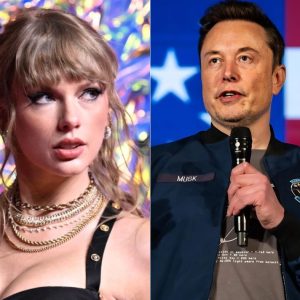The Boys is a confusing phenomenon in popular culture. Through ruthless genre deconstruction, the series ridicules society’s fixation with superheroes, laughing in the face of good taste. Comic book mythological heroes are transformed into dangerous fascists, deviants made possible by unbridled capitalism.
The Boys has attracted audiences in spite of its criticism of the contemporary zeitgeist. One of the main factors contributing to audiences’ great attraction to such a thorny property is Antony Starr’s portrayal of Homelander. He makes a Superman cliché into one of the greatest villains on television by embodying the character with scary wrath and pitiful vulnerability. Few people are aware, though, that Starr had played a quite different role in Banshee years prior, and that her performance was just as outstanding.

Much like The Boys, Banshee wanted to push the envelope as far as humanly possible. The fight scenes were brutal and bone-crushing, soaked in viscera worthy of Mortal Kombat. A show this unabashedly pulpy needed a leading man who was both fearless and furious. Antony Starr proved to be a perfect fit. A former convict masquerading as a small-town sheriff, Lucas Hood is an unpredictable anti-hero who plays by his own rules. It’s the kind of role Starr was born to play. Unlike Homelander, Hood was a troubled but heroic figure, showcasing the actor’s talents in a new light. In many ways, Homelander is Lucas Hood’s polar opposite, but the two roles still have a lot in common, which makes playing both a challenge.
What Are the Differences Between Homelander and Lucas Hood?
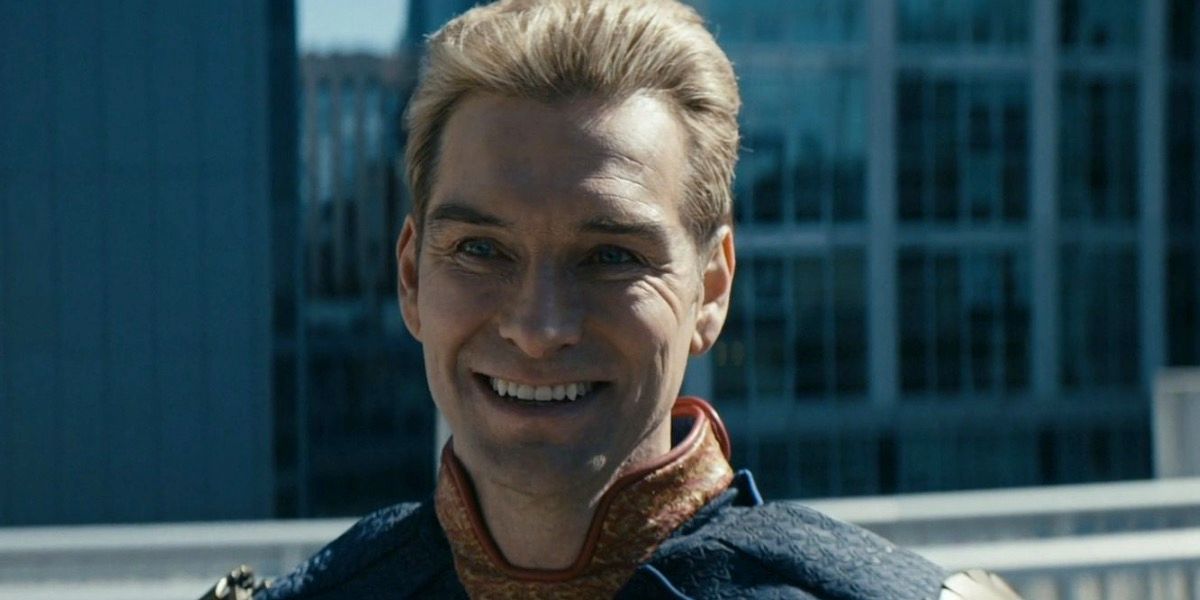
One of the pleasures of watching both The Boys and Banshee is seeing Antony Starr play two radically different characters. Homelander is a monster of a man, someone who derives joy from tormenting the weak. Insecure and highly unstable, Homelander is a ticking time bomb desperate to assert himself. On the other hand, Lucas Hood is a righteous action hero straight out of a dime novel. While he’s undeniably flawed, Hood is a self-assured individualist who abides strictly by his sense of right and wrong. He’s loyal to a fault, risking his life for others repeatedly throughout Banshee‘s run. One could argue that Homelander is essentially Hood’s antithesis, as they serve their stories in contradictory ways.
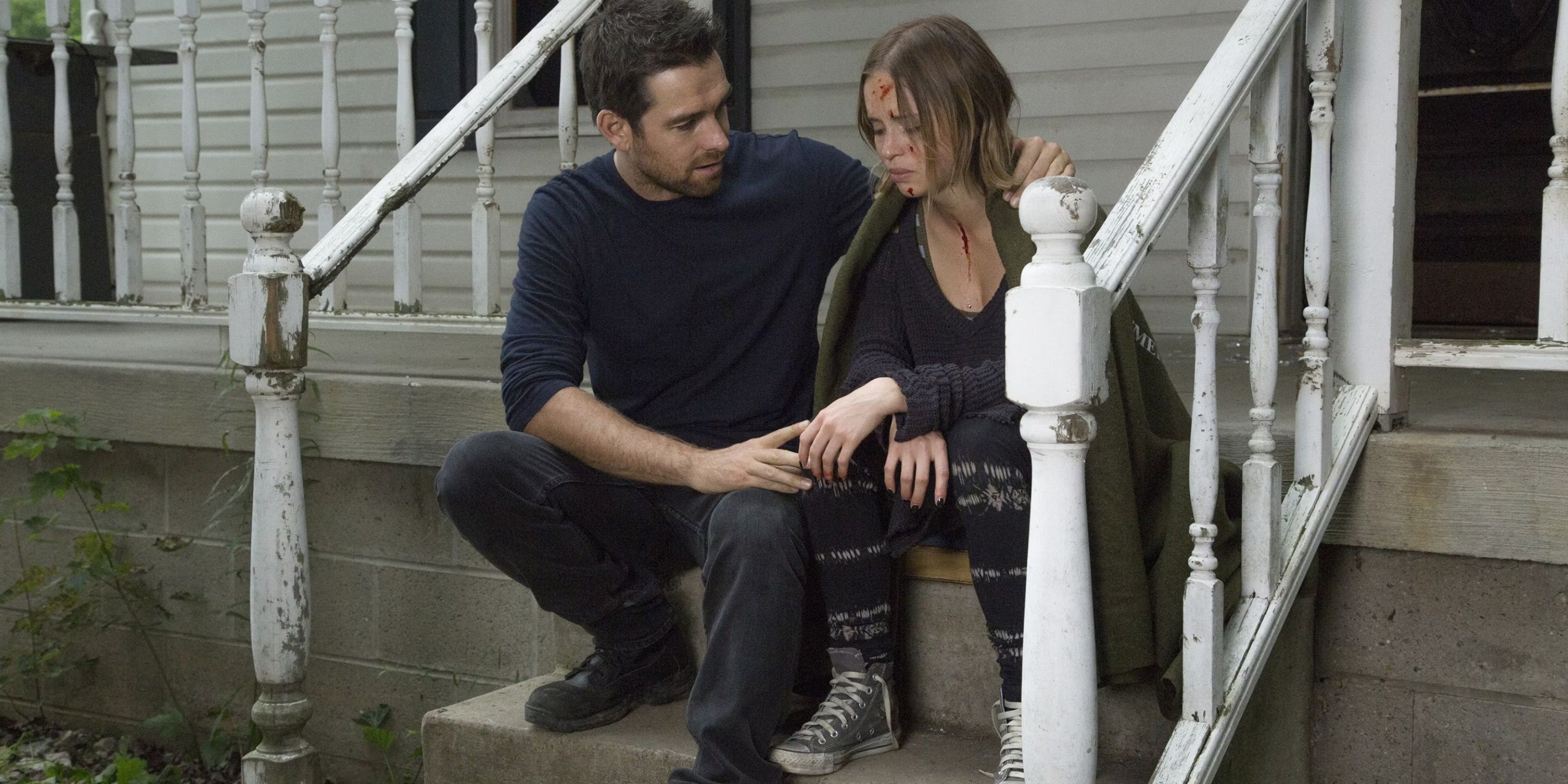
Superheroes are designed to preserve the status quo, and The Boys exposes the underlying fascism behind these figures through Homelander. As the leader of The Seven, Starr’s character is symbolic of Americana at its worst. The personification of alt-right nationalism, his political capital is directly tied to the consumerist nature of capitalism. Society’s fervent worship of caped heroes has made Homelander a powerful figure, resulting in quite the god complex. Starr’s performance highlights how the character takes malicious glee in abusing others, illustrating how he defines his strength. That is why he refuses to allow the world to change around him. In Banshee Antony Starr serves a different purpose entirely, playing Lucas Hood as an agent of change.
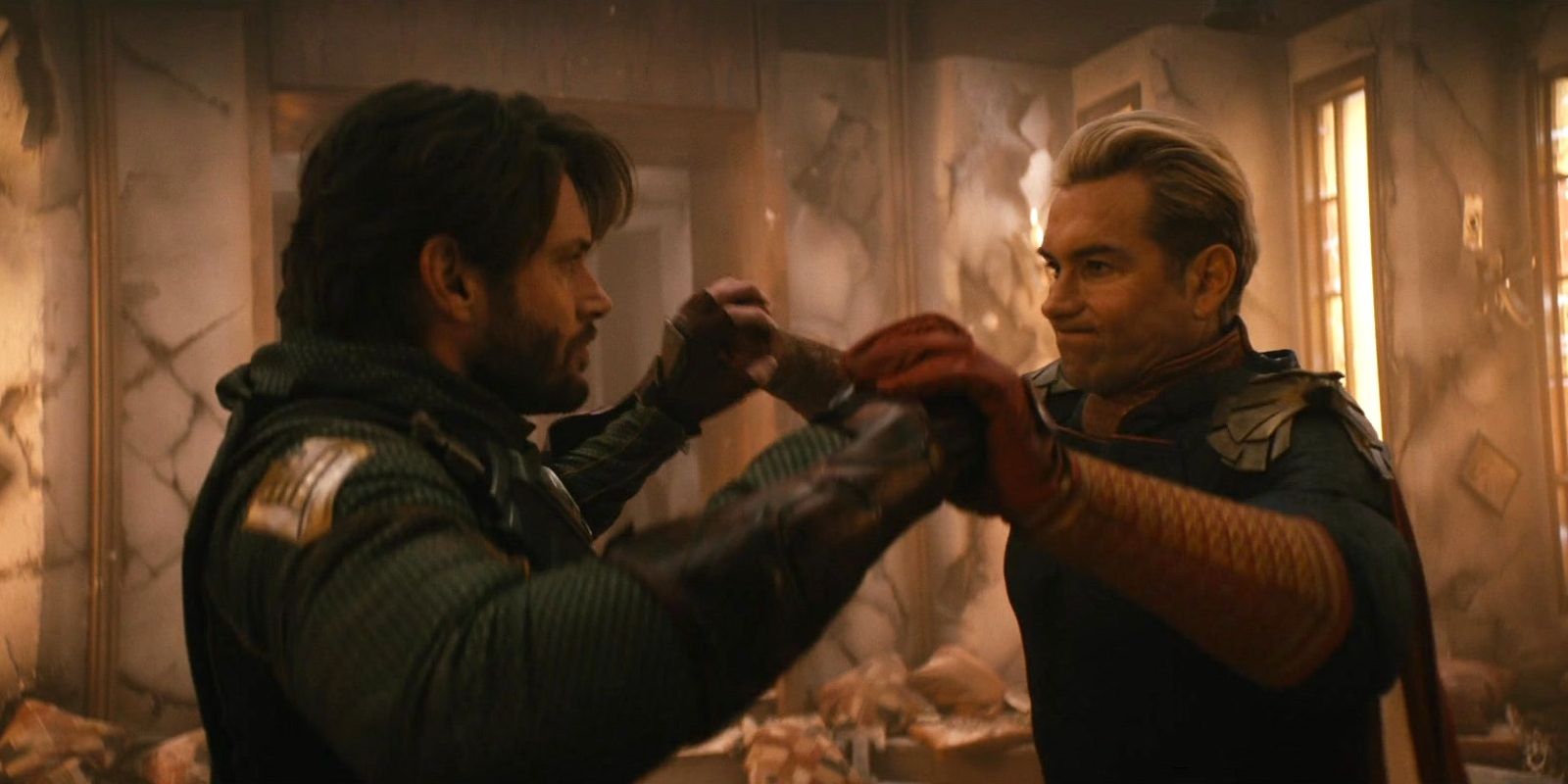
Banshee is all about living for the thrill of the moment, and Lucas Hood exemplifies that philosophy perfectly. Antony Starr plays the part as a force of nature, fully embracing his character’s unpredictability. Erratic and enigmatic, Hood is less a lawman than a vigilante with a badge. When he first arrives in town, Starr’s character quickly realizes that it’s governed by ruthless crime bosses. Many live in fear of these vicious gangsters, but Hood makes it clear he won’t play by their rules. However, his decision to challenge dangerous personalities like Kai Proctor and Chayton Littleston has bloody consequences. While Homelander maintains a dystopian state of affairs, Hood actively defies those in power, even if it creates painful disarray.
Do Lucas Hood and Homelander Have Anything in Common?
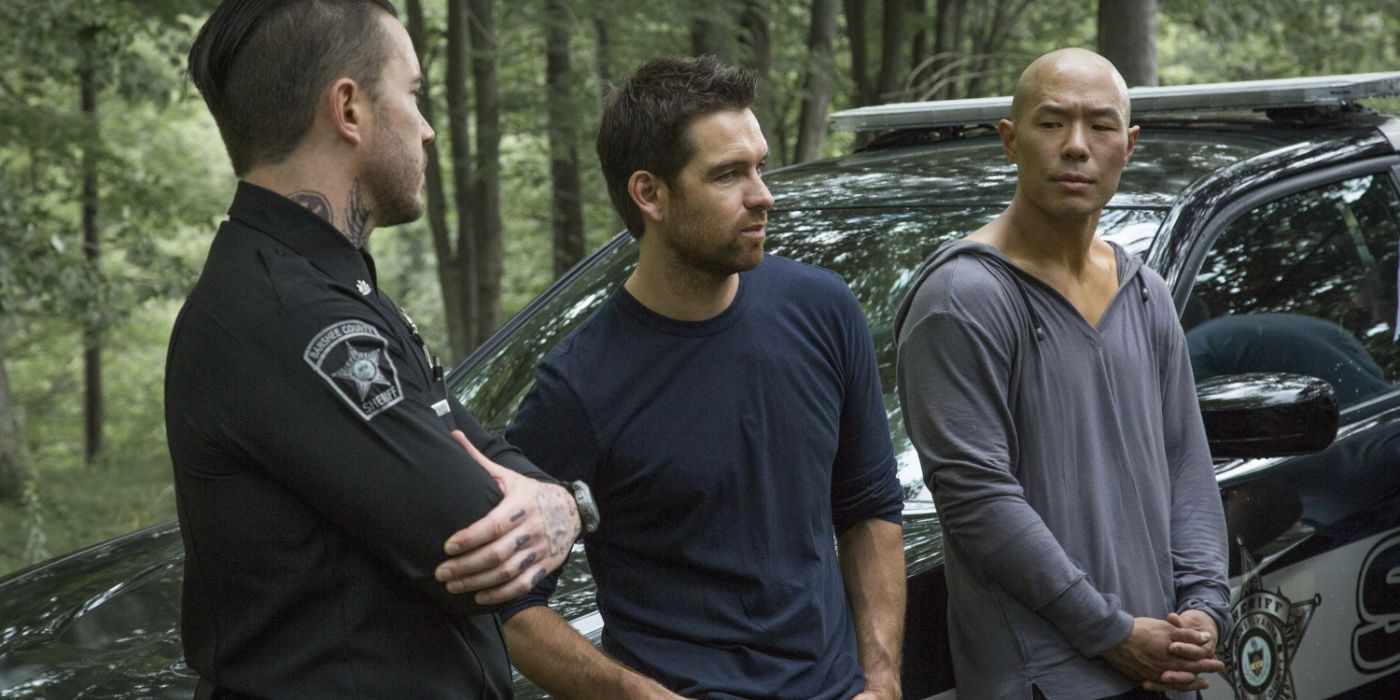
Despite having opposing narrative purposes, Homelander and Lucas Hood have some unexpected parallels. Comparing these performances reveals an interesting similarity in Antony Starr’s manner in both parts. Banshee and The Boys both make effective use of Starr’s terrible rage, which he uses as a gift for uncontrollable rage. Homelander is a feral animal with volcanic wrath simmering beneath his spandex due to years of indoctrination. His portrayal is characterized by facial twitches and a lack of composure, making him a powder keg on the verge of blowing out. Even though Lucas Hood is a far more admirable person, he yet exhibits that underlying instability.
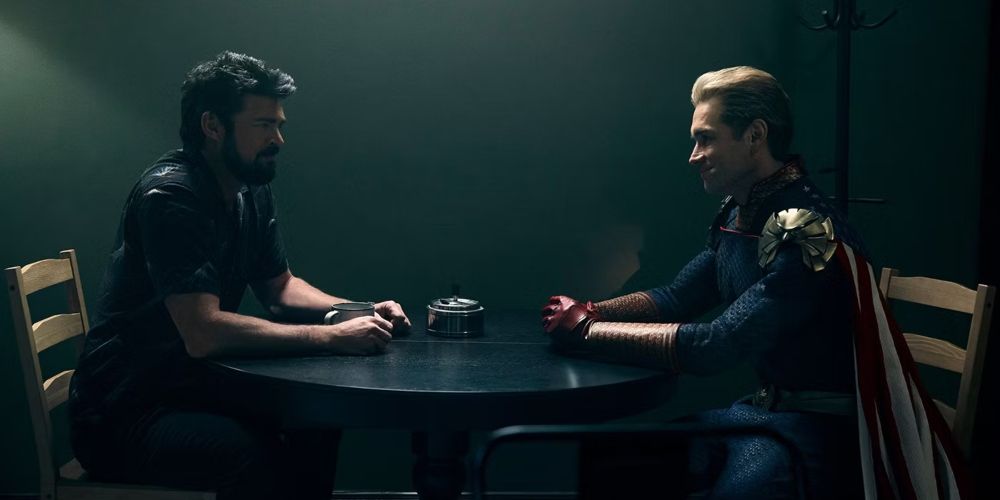
Banshee‘s greatest source of conflict stems from Lucas Hood’s attempt to channel his inner demons into something productive. Hood is a classic anti-hero, barreling through unspeakable violence with fiery passion. Motivated by righteous fury, Starr understands that this character has a dark side. Supporting players like Brock and Emmett frequently don’t know what to make of Hood, frightened by his capacity for cruelty. The man is a barbaric fighter, as demonstrated by Banshee‘s ferocious action sequences. Lucas Hood doesn’t knock criminals down; he breaks their fingers with a euphoric lack of mercy. Part of him likes beating the pulp out of admittedly awful people. Much like Homelander, Hood believes that being in a position of power puts him above the law.
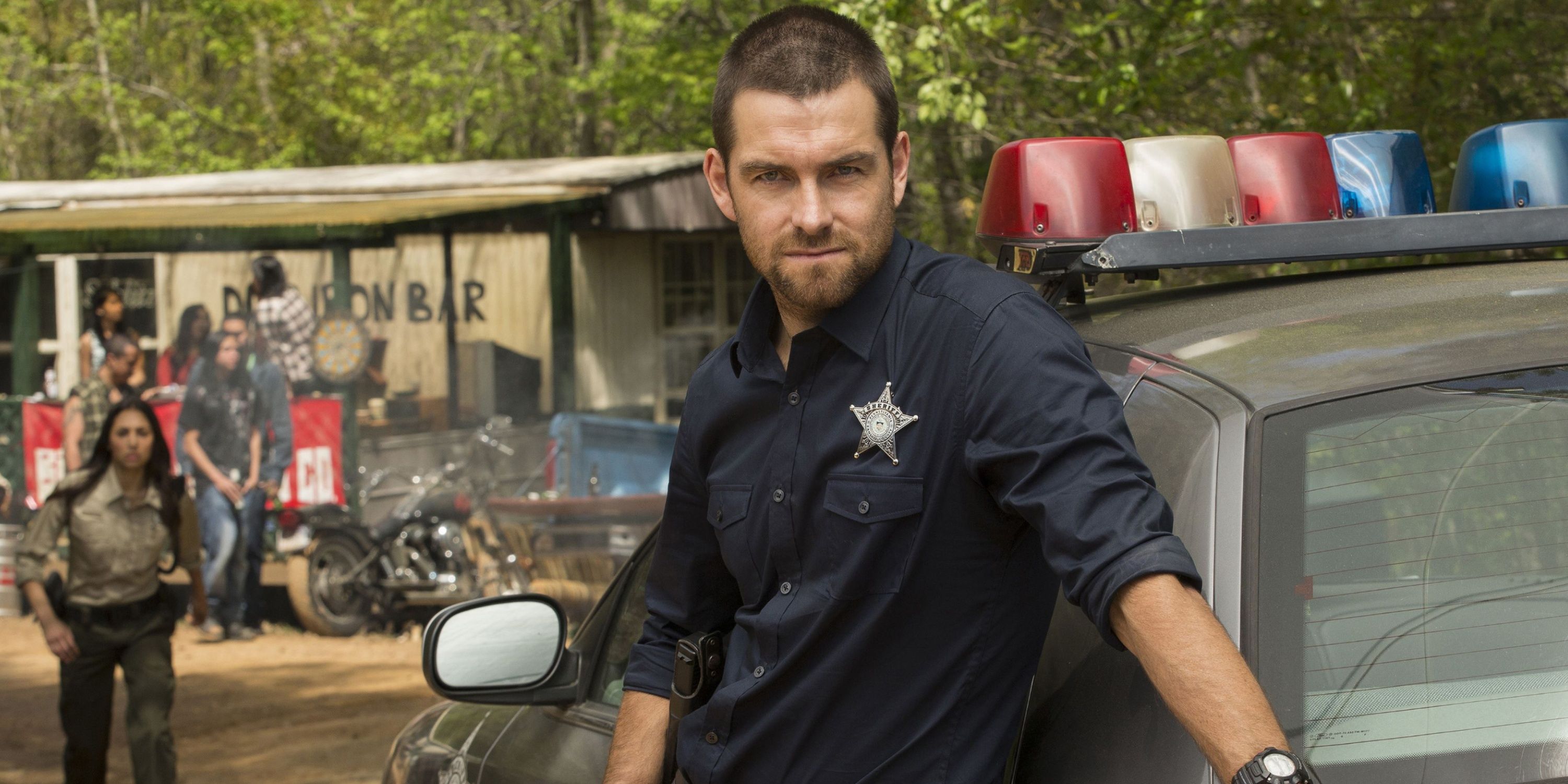
Banshee and The Boys both allow Antony Starr to assert that his characters are free to do as they choose. Lucas Hood boasts that his actions don’t need to be justified while roughing up a Neo-Nazi during an investigation. Homelander makes the same claim in the middle of an obscene performance on top of the Chrysler Building in the second season finale of The Boys. To comprehend the fundamental parallels between the two personalities, these scenes are essential. Hood and Homelander are fundamentally driven by impulse. Because they both want to abuse the authority that comes with their jobs, they both pose as civil workers. Antony Starr is ideal for these different characters since he is aware that both guys feel they have no one to answer to.
